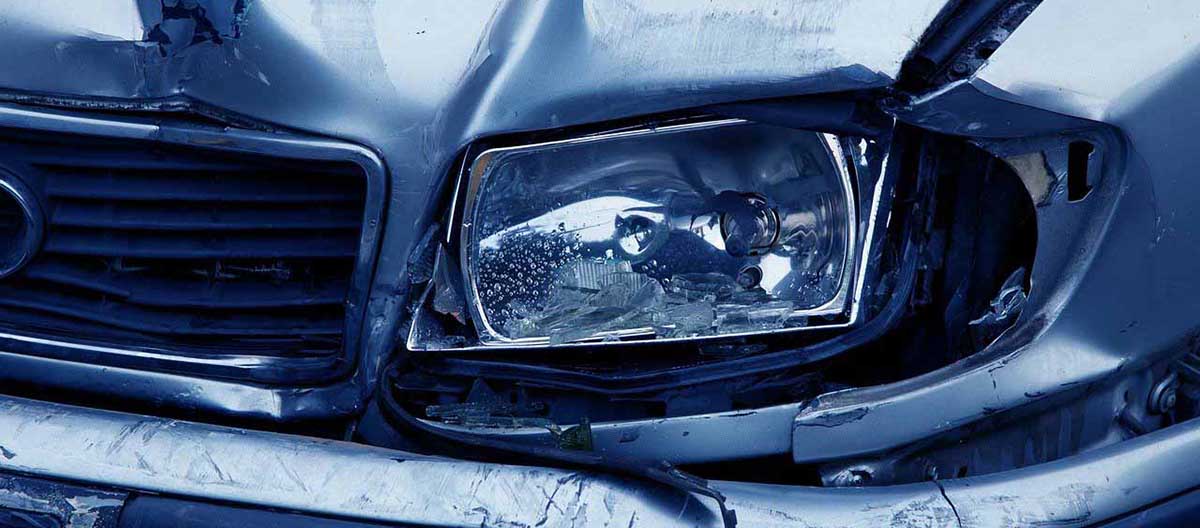
02 Jul, 2015/ by National Accident Helpline /Legal and Consumer News, News
Some of the world's most recognised car manufacturers - including Audi, BMW and Volkswagen - are utilising Autonomous Emergency Braking (AEB) systems in their leading models in a bid to eliminate low speed, rear end collisions.
These accidents often occur as a result of the driver behind becoming distracted, poor visibility or driver error, resulting in late or insufficient braking. AEB systems have been developed with the aim of helping drivers to avoid these types of collisions or, at least, reducing their severity.
This study gives us a glimpse of what safety on UK roads could look like in the future. could look like in the future.
Matthew Avery, Director of Safety at Thatcham Research
A study of over 7,000 Volkswagen Golf VIIs conducted by the Thatcham Motor Research Centre found that rear end collisions were significantly reduced.
When we saw figures based on an initial small sample, we were surprised, as they exceeded our own performance testing," said Matthew Avery, Director of Safety at Thatcham Research.
However the figures held up, even after almost doubling the sample group and has therefore given us a glimpse of what safety on UK roads could look like in the future.
AEB systems can help to prevent accidents by identifying dangerous situations early and issuing a warning to the driver; however in the event that a collision is unavoidable, AEB can reduce the speed of the crash and prepare the vehicle for an impact.
The AEB system gathers information about its surroundings via a radar, stereo camera and/or LIDAR-based technology and combines it with its own speed and trajectory to determine if emergency braking needs to be deployed.
Low-speed bumps and shunts account for three-quarters of all collisions, typically at speeds of under 20mph in city driving scenarios. This is where AEB systems perform best, avoiding crashes of up to 15mph and reducing the severity of those up to 25mph. This includes collisions at junctions, roundabouts and in stop-start traffic where one car runs into the back of another.
added Mr Avery.